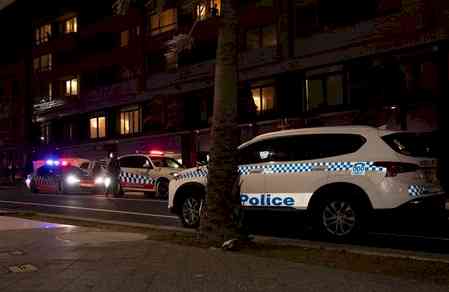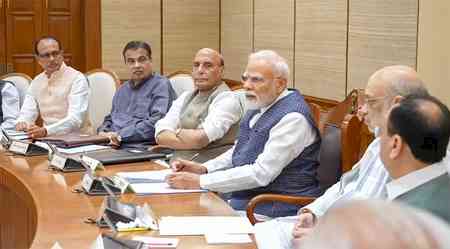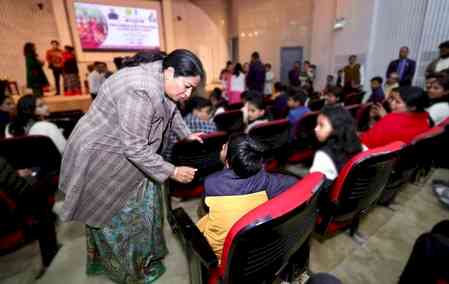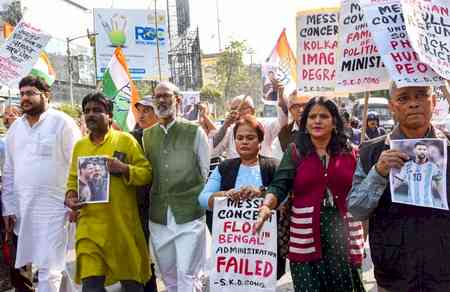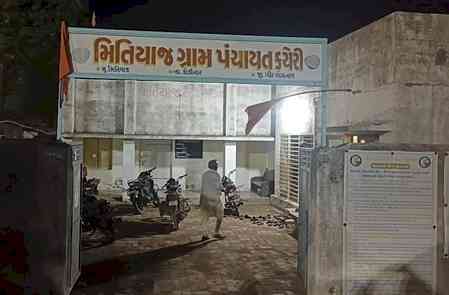Why has TRF become 'invisible enemy' for security forces in Kashmir
The Resistance Front (TRF) has, for the last three years, become the invisible enemy that issues threats to security men, political activists, alleged police informers and the so-closed 'collaborators of the Indian state in Kashmir'.
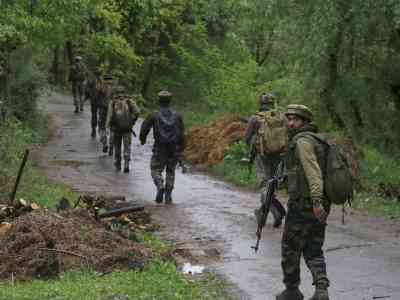
New Delhi, Aug 19 (IANS) The Resistance Front (TRF) has, for the last three years, become the invisible enemy that issues threats to security men, political activists, alleged police informers and the so-closed 'collaborators of the Indian state in Kashmir'.
Recently, the police said a TRF terrorist, Aadil Ahmad Wani had carried out the brutal assassination of a local Kashmiri Pandit, Sunil Kumar in his ancestral village, Chotigam of Shopian district.
The kin of Aadil were arrested while his house was attached by the police. In a video clip on social media, Aadil Ahmad Wani denied involvement in Sunil Kumar's assassination saying that he does not belong to the TRF, but is an active militant of the Hizbul Mujahideen.
Police said it has irrefutable proof that Aadil Ahmad Wani had killed Sunil Kumar and yet in his attempt to claim innocence, Aadil had stated a half truth.
He did not belong to the TRF because for the TRF to claim responsibilities for terrorist acts, one does not necessarily have to belong to the TRF.
"The invisible enemy that the TRF has become owes itself primarily to the fact that this outfit has been created to own responsibilities for terrorist activities across the board.
"Any terror outfit that carries out a terrorist act gets shadowed from the eyes of the security forces under the fact that its activities get owned by the TRF," said a senior intelligence officer, adding that this does not mean that the TRF is just a paper group.
"The huge presence claimed by the TRF is a psychological ploy to provide cover to the active terrorists of other outfits for their operations on ground.
"Say for example, the murder carried out by Aadil Ahmad Wani was owned by the TRF while Aadil said he belonged to the Hizbul. If the bluff had paid, we would be looking for Sunil Kumar's killers in areas other than Shopian where the TRF has very little presence on ground," the officer said.
"A local militant, who had taken shelter in the media for some time, was very closely coordinating the activities of the TRF and was identifying targets for the terrorists.
"When his cover was blown off, he flew to Pakistan via Turkey. We have people like him on our radar in Srinagar and elsewhere, who are picked up the moment they stick their neck out," said another intelligence officer.
The main activity of the TRF, according to intelligence sources, is to identify youth without any past record of association with any militant group.
"These youth are lured sometimes through radical indoctrination and sometimes for monetary benefits.
"They are given a weapon, mostly a pistol, tasked to carry out target killings and then asked to throw away their weapon so that they can melt back into the crowd," said the officer.
The major problem posed by the TRF for the security forces is, therefore, in the form of an invisible enemy that is there to provide cover to terrorists of other groups by owning responsibilities for the terrorists' acts and secondly, for luring youth with no record of violence to carry out target killings.
So, is the TRF a multi-headed dragon whose heads are mostly a camouflage for other groups?
Most senior officers of the security forces and the intelligence agencies argue that the TRF is part real and part virtual which makes it the invisible enemy.


 IANS
IANS 
